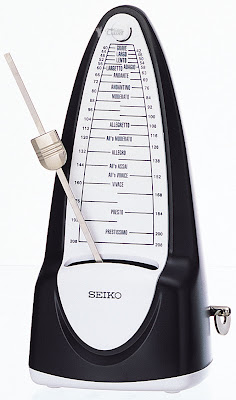
You are jamming to get your session finished and you are missing a certain "sound" to your project. You admit you are not an EQ guru and really don't have time to pull out your scalpel to do sonic surgery. You need a fix and you need it fast. Well, your EARS are the best tools to use of course, but in a jam, might we suggest an assist from a spectral analyzing or EQ matching plug-in.
If you don't know the ins and outs of equalization, you need to know some basics. What can we hear? Our ears only hear sounds in the range 20 Hertz to 20,000 KiloHertz (20 kHz), you may have seen or heard tech jabber like 20 to 20 or a 2 db (decibel) boost at 3500k etc. This all relates to the frequency range we hear and how we design, mix and edit our audio. In radio land we focus on 50Hz to 15kHz since broadcasters basically chop off the bottom and top of the spectral range when sending out the radio transmission. Only your dog will really miss the stuff above 15k anyway. With this very basic understanding you need to know that spectral analyzing or EQ matching is how certain software plug-ins can copy or mimic a preexisting EQ curve. The EQ curve is made up of points across the frequency range, 20Hz to 20kHz, that we can hear as it makes up a distinct sound or sonic effect. An example would be the sound coming from a small radio or earbuds. You recognize a nasal or thin sound that accompanies the small speaker output. Say the sound is more complicated or you need to match prerecorded tracks, spaces, sounds, and voice treatments etc. You should try the spectral / matching EQ solution for fast results. These can really save you time when trying to "dial in" the right EQ curves. You feed the plug-in the source that you would like to match and the software will generate a spectral/EQ analysis and apply that to your sound. Now you have a similar EQ curve at your disposal. Go ahead and apply the result to your sound or use it as a starting point to help you tailor your desired tone. Again, your ears and practicing with equalization are the sure fire way to achieve what you want. The matching EQ plug-ins are, however, very effective and can be a real time saver!
There are a few solutions out there. Some plug-ins are part of your DAW, like Match EQ in Apple's Logic Studio. Try the demos from iZotope: Ozone 4, Roger Nichols Digital: Frequal-izer, and Voxengo: CurveEQ.
These tools will really help you out of a jam. Remember, practice makes perfect.... always try your ears!
LINKS
http://www.apple.com/logicstudiohttp://www.izotope.com/products/audio/ozonehttp://www.rndigital.com/frequal-izer.html
http://www.voxengo.com/product/curveeq







